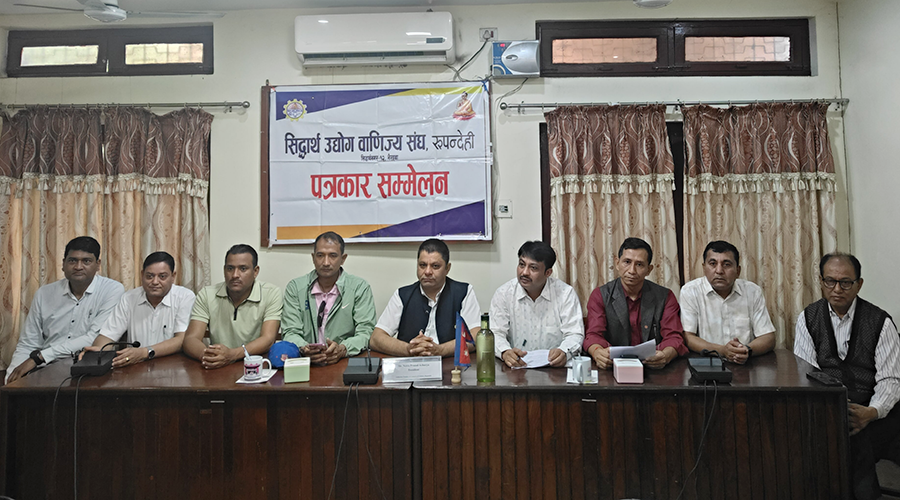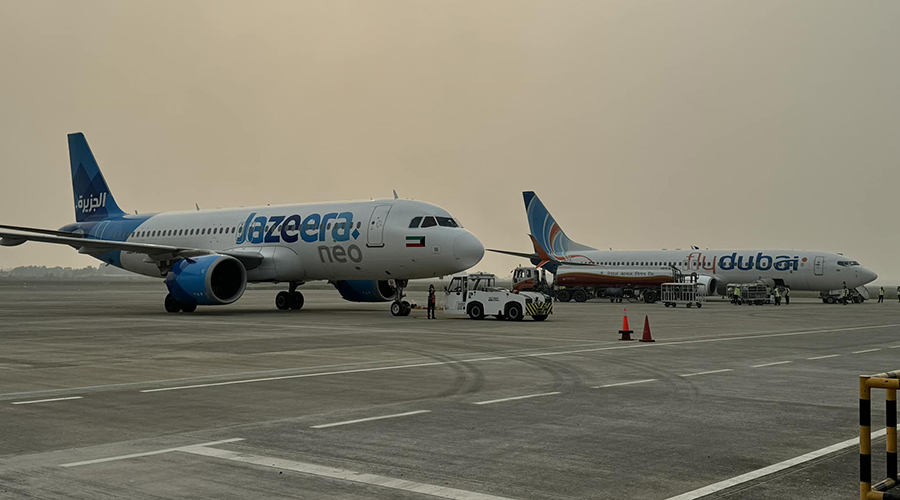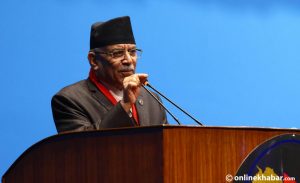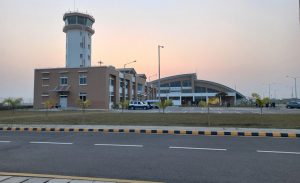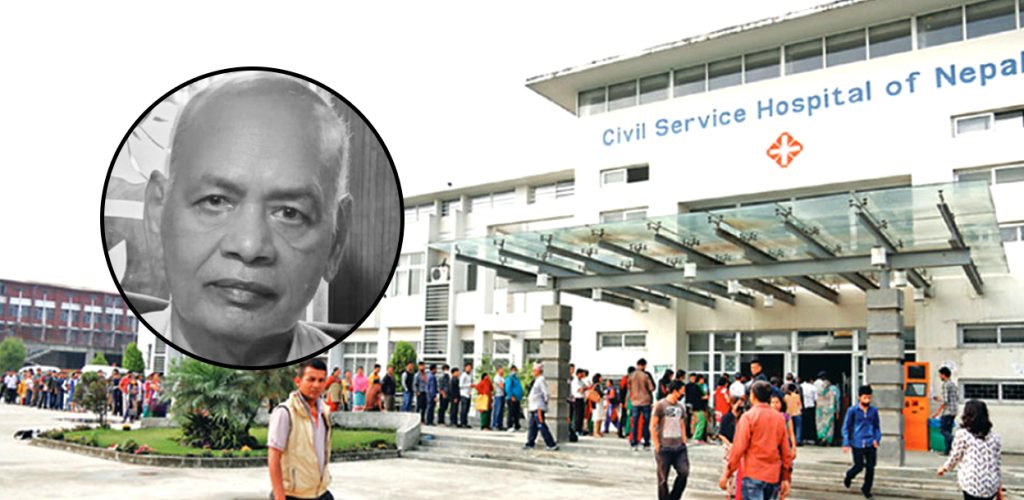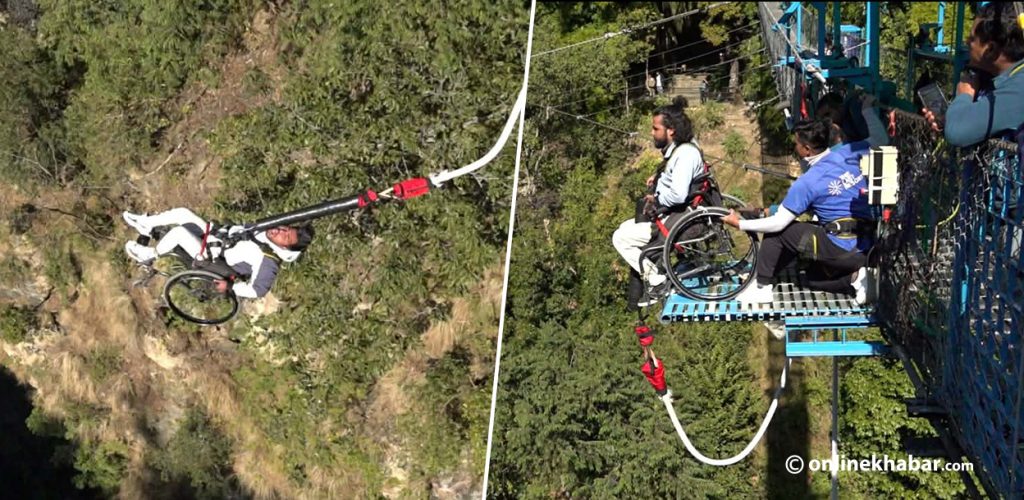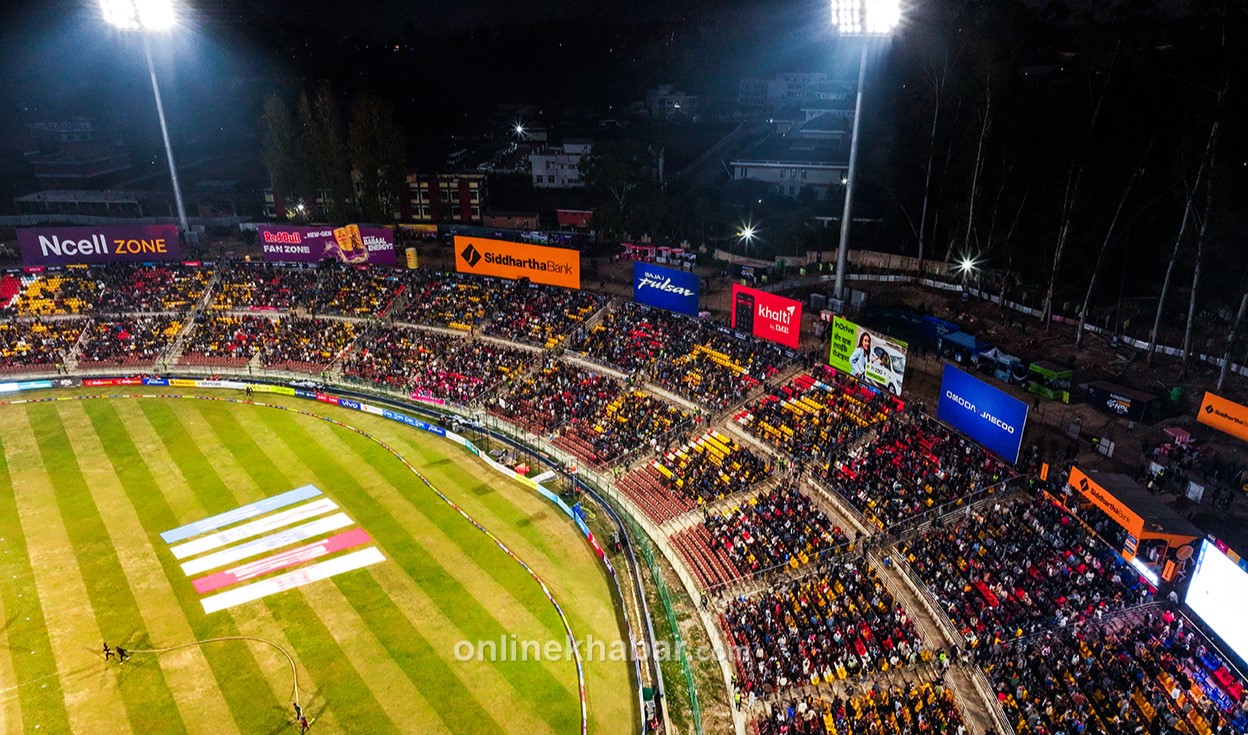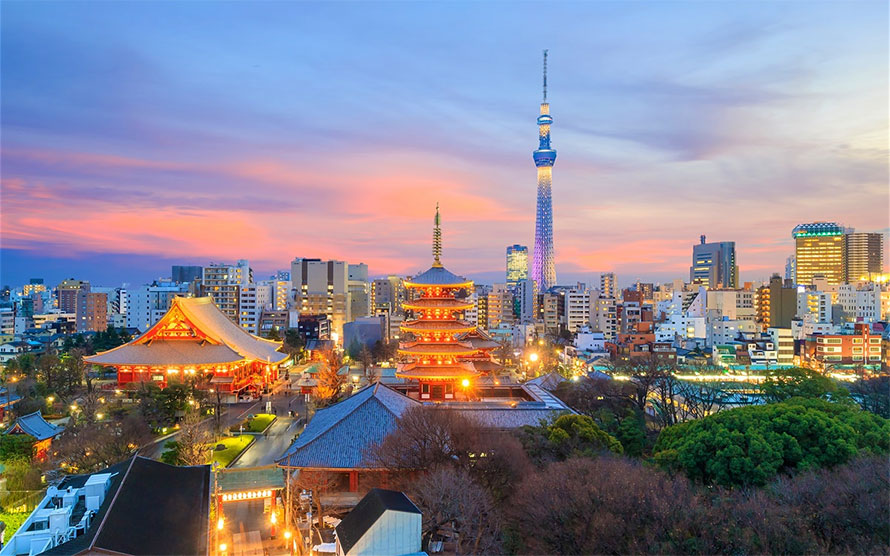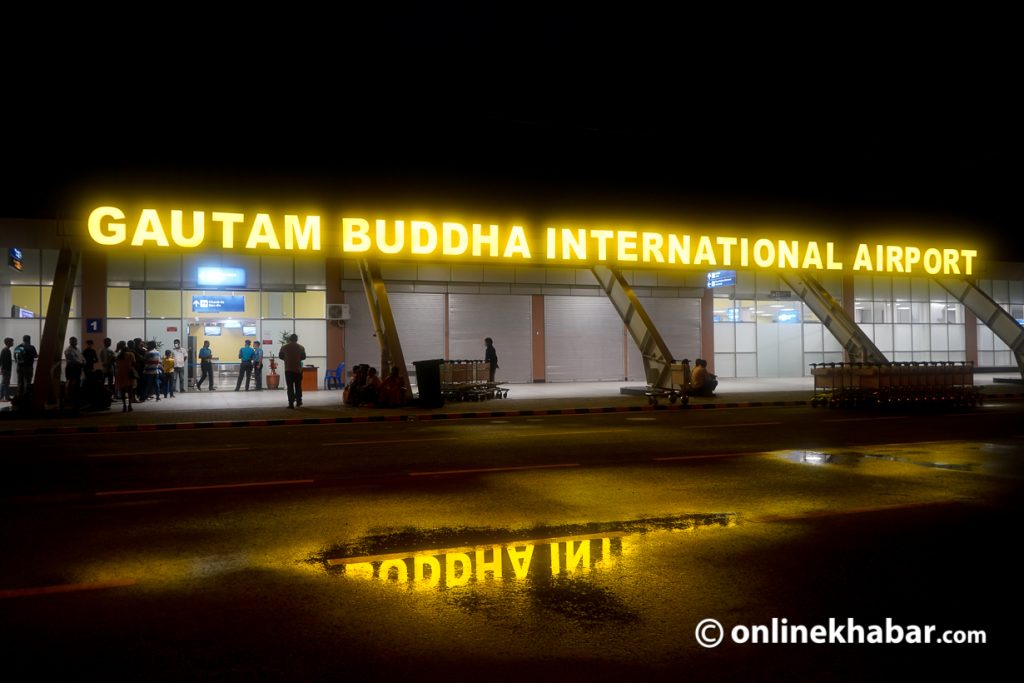
Gautam Buddha International Airport in Bhairahawa has been without international flights for the past five months. Despite billions invested in the airport, the long suspension of international flights has caused deep frustration among hoteliers, tourism entrepreneurs, and residents.
The airport stated that there have been no international flights since last April. From January to March 2025, however, international flights were satisfactory, with 299 flights recorded in those three months. At that time, because Tribhuvan International Airport in Kathmandu was under maintenance, Nepal Airlines, Jazeera Airways, FlyDubai, Thai Air, and Air Asia operated international flights from Bhairahawa. In just those three months, 15,148 passengers used the airport.
Foreign airlines had initially suspended flights, citing visibility issues during the winter season. Later, after the Civil Aviation Authority of Nepal (CAAN) introduced RNP-AR technology, international flights resumed for about a month. However, flights were again halted from March 29, once maintenance at Tribhuvan Airport was completed. Even after three years of its inauguration, the airport has failed to ensure regular and sufficient international flights, leading to repeated protests by business groups. Yet, the continued shutdown has left them disheartened.
Tour and travel entrepreneur Chandra Thapa accused the government of lacking interest in running the airport due to pressure and influence from big business groups in Kathmandu.
“Because large Kathmandu-based travel agencies engage in cartelization of international ticketing, and because airlines have not opened liaison offices or local agent portals in Bhairahawa, international flights have failed,” he says. “It is shameful that a two-thirds majority government cannot ensure even a single aircraft of state-owned Nepal Airlines or Himalaya Airlines operates regular flights. This proves the government does not want the airport to function.”
Thapa stressed that the government should arrange regular flights for Thai Air and Air Asia to attract Buddhist pilgrims.
According to him, if a continuous Bhairahawa–Bodhgaya–Sarnath–Kushinagar tour package is offered, there would be no shortage of international flights.
Another entrepreneur, Sanjay Bajimaye, suggested that for smooth international operations, all foreign airline ticket counters should be located inside the airport, an online e-visa and international digital payment system should be implemented, a visa centre and GAMCA medical facility for Saudi-Arab workers should be established, and direct flights from Buddhist-majority countries should be arranged.
Entrepreneurs claim that nearly 100 billion rupees invested in major hotels and the tourism sector are now at risk due to the dearth of regular international flights. Many complain that they have lost sleep as they are unable to pay back their loans.
Netra Acharya, President of Siddhartha Chamber of Commerce and Industry, pointed out that the absence of manpower agencies and medical check-up facilities for foreign employment workers has given airlines an excuse to claim a lack of passengers.
The airport was inaugurated on May 16, 2022, by then Prime Minister Sher Bahadur Deuba. Even today, dozens of government offices, security agencies, and essential infrastructure remain fully active inside the airport. Customs, immigration, a health desk, a fuel depot, and parking facilities are all in place.
Out of 141 staff members, 87 are permanent employees, 24 are service providers, 60 are daily wage workers, along with 70 army personnel and 185 police officers. However, service providers’ activities have been reduced to limited administrative work at this flightless airport.
After the airport ceased operations, a struggle committee was formed to demand full-capacity operation. Acharya said that since massive private-sector investment is at risk of sinking, both protests and dialogue are being carried out simultaneously to press for the airport’s operation.
Located just 25 minutes away from Lumbini, the birthplace of Buddha, the airport was envisioned as a gateway for religious tourism. However, with zero foreign tourist arrivals, many hotels have gone into loss. Some hotels have even been sold off due to the inability to repay loans.
Airport General Manager Pratap Tiwari confirmed that there have been no international flights since last April but noted that Thai Air is preparing to start two flights a week from October 26.
From 2022 to 2024, Gautam Buddha International Airport handled only 731 international flights, serving 45,573 passengers.
According to airport spokesperson Binod Raut, the airport currently has the capacity for 50 international flights daily and more than 3 million passengers annually.
The facility can simultaneously handle either five narrow-body aircraft or one wide-body plus three narrow-body aircraft, for flights and parking. If operated at full capacity, the airport could handle in just 15 days the same number of flights and passengers it has received over the past three years.
Gautam Buddha Airport was built as an alternative to Kathmandu’s Tribhuvan International Airport, which is congested and forces diversions to Indian or nearby airports during disruptions. It was also aimed at boosting tourism by attracting global Buddhist pilgrims to Lumbini.
The Civil Aviation Authority stated that 6.63 billion rupees were paid for ICP-1 construction, while ICP-2 construction cost USD 4,515,609 and NPR 79.08 million, totalling over 6.3 billion rupees at current exchange rates.
Of the total cost, the Asian Development Bank contributed a loan and grant of USD 37 million, the OPEC Fund for International Development provided a loan of around USD 11 million, and the Government of Nepal invested USD 28.1 million.
Despite three years since its inauguration, the airport has drawn criticism for failing to ensure regular international flights. Meanwhile, issues of land acquisition and compensation distribution have also sparked controversy.
Nearly a decade ago, 282.4 acres of land were acquired in phases for the airport, and 22.68 billion rupees in compensation were distributed.
Currently, the airport covers 503.6 acres, including a 3-kilometre-long, 60-meter-wide runway built within 193.7 acres of inner-fence land. The remaining land lies within the outer fence. The airport was constructed by the Northwest Civil Airport Construction Group of China.
Members of a subcommittee under the Public Accounts Committee alleged policy and financial corruption, stating that large amounts of unnecessary low-quality land, south of the runway and up to 1.5 kilometres north of the Indian border near river gorges, were purchased at inflated prices, distributing billions in compensation. They have demanded further investigation.
General Manager Tiwari emphasised that state-owned Nepal Airlines and Himalaya Airlines must increase their competitiveness by adding more aircraft and dedicating some specifically to Gautam Buddha International Airport.




